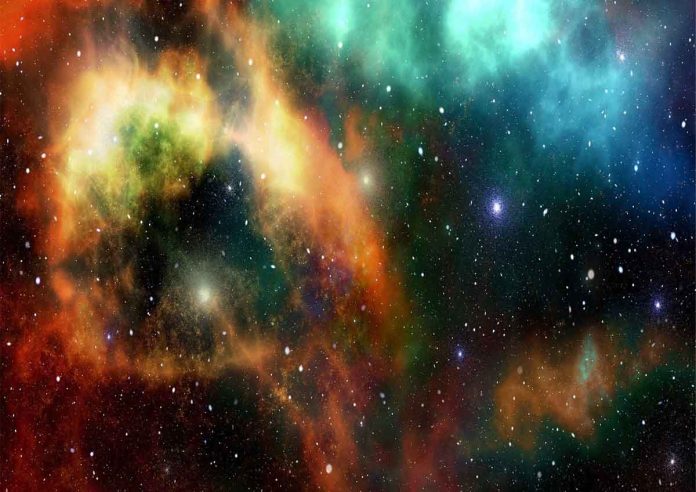Dezhou University scientists have derived the age and metallicity of the stellar populations of about 43,000 galaxies in DR7 of LAMOST spectral survey. They have derived it based on the LAMOST data.
The derived results have been included in a LAMOST value-added catalog. It has enriched the galaxy data of LAMOST. LAMOST stands for Large Sky Area Multi-Object Fiber Spectroscopic Telescope. It is operated by National Astronomical Observatories of Chinese Academy of Sciences.
The study has been published in The Astrophysical Journal Supplement Series.
Galaxies are combined of stars, gas, and dust. A galaxy spectrum in optical wavelength is composed of the accumulated light of hundreds of billions of stars. It encodes composed of the accumulated light of hundreds of billions of stars. The star formation and chemical evolution history of galaxies are expected to be decoded, from stellar population analysis of galaxy spectra.
The common method of stellar population analysis is the template fitting. It is based on full spectrum. But uncertainties always exist as a result of the inaccuracy of flux calibration. It also exists because of high dust density of galaxies.
Scientists proposed a template fitting method based on small-scale features, in this study. They wanted to estimate the average age and metallicity of LAMOST galaxies.
This new method separates the small-scale features. Specially the absorption features from the large-scale components in the galaxy spectra. It only the observed small-scale features with models. It is not affected by the global shape of the continuum.
The results of several tests have proved that the properties derived by this method are reliable. This study provides the first estimation of the age and metallicity for galaxies in the LAMOST spectroscopic survey. It will play an important role in the study of the physical properties of the low redshift galaxies and galaxy systems.

